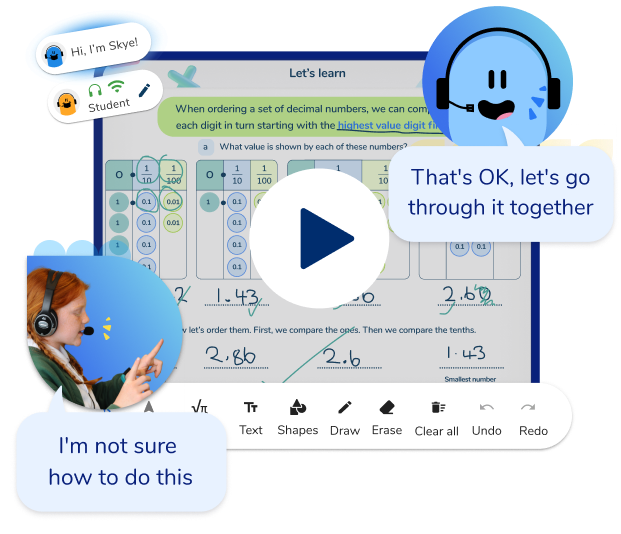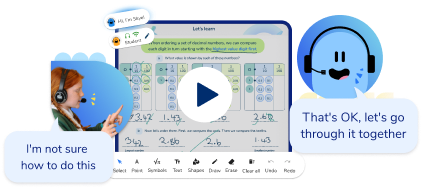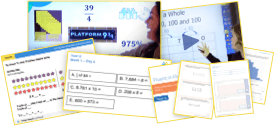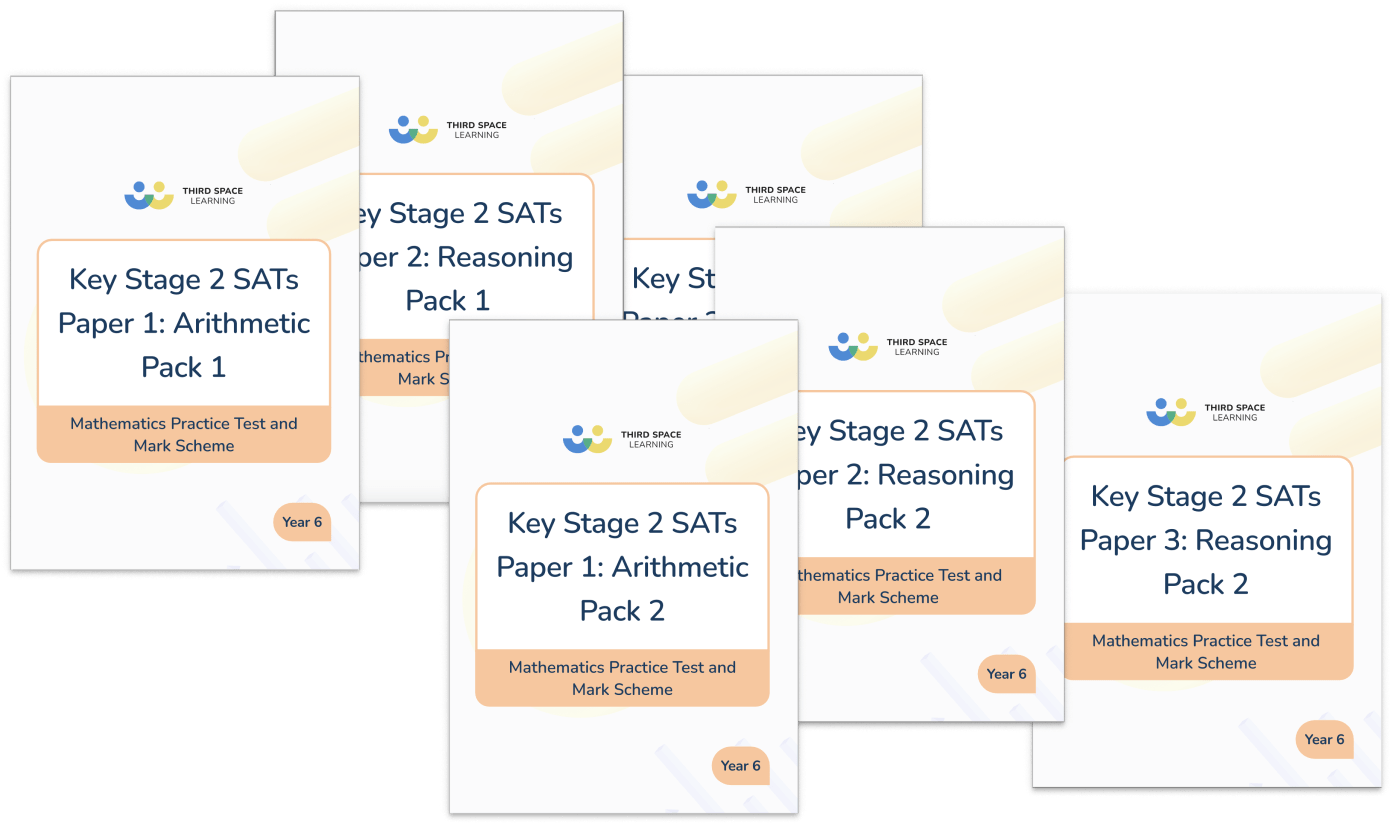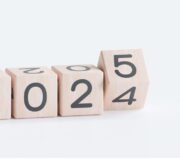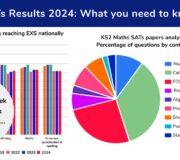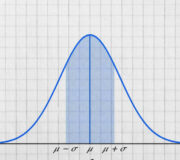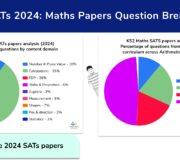Why Are SATs Important? Explained For Parents And Teachers
Whilst the SATs are an annual occurrence in Year 6 primary classrooms all across the UK, parents may find asking themselves, and their children’s teachers, “Why are SATs Important?”
Parents know that they are something that has to be done, but with so much else going on throughout the final year of primary school, the reasons behind the SATs may not be clear to parents.
Here we answer the question why SATs are important and we look at how important SATs are in Year 6.
Before we begin, you may want to make sure you’ve read our parents guide to the SATs first, just to give you the background: What are SATs? to get up to speed.
What is the purpose of SATs?
In England, the National Curriculum Assessments (or SATs) are taken by children at the end of KS1 (Year 2) and KS2 (Year 6) in May every year.
They assess children against the age-related expectations as set out by the National Curriculum. The KS1 SATs are internally marked (by the teachers) whilst the KS2 SATs are externally marked (they are sent away with results being returned to the school around 2 months after the tests are sat).
For children, the SATs are used to form target grades in secondary school. For schools, the SATs are used as one factor – amongst many – in judging a school’s effectiveness, and these are two of the reasons why KS2 SATs are considered important by some in the education world.
FREE KS2 Maths SATs Practice Papers
Get ready for SATs with this set of 6 maths SATs practice papers. Papers designed to help your Year 6 improve test skills and confidence.
Download Free Now!What do the SATs measure?
When asking the question “Why are KS2 SATs important?” one of the most crucial things to understand is what they actually measure.
The SATs are used to measure both the school’s and the individual child’s attainment and progress. Attainment is the summative grade or level that has been achieved, whereas progress is the difference in attainment between one point (in this case, KS1 SATs) to another. Both are important:
- A child (or school) may have performed significantly above average at KS1 but only slightly above average at KS2, meaning that whilst the attainment is still good at KS2, the progress is poor;
- In another instance, a child (or school) may have performed significantly below average at KS1 but only slightly below average at KS2, meaning that whilst the attainment may look poor, the progress is good.
In 2023, the KS1 SATs will become non-statutory and progress measures will be taken from the new Reception Baseline Assessment, which has been implemented since 2020.
The purpose of SATs is to measure children’s attainment in maths, reading, and grammar, punctuation and spelling (GPS). Children are tested on curriculum content from Years 3-6 across six test papers lasting under four hours in total.
They will achieve a ‘scaled score’ from 80 – 120, with a score of 100 or more meaning they have met the ‘expected standard’.

A pupil’s scaled score is based on their raw score. The raw score is the total number of marks a pupil scores in a test, based on the number of questions they answered correctly.
Tests are developed each year to the same specification, however, because the questions are different, the difficulty of tests may vary each year. This means the raw scores pupils get in the tests need to be converted into scaled scores to ensure accurate comparisons of performance can be made over time.
Read more: SATs results explained
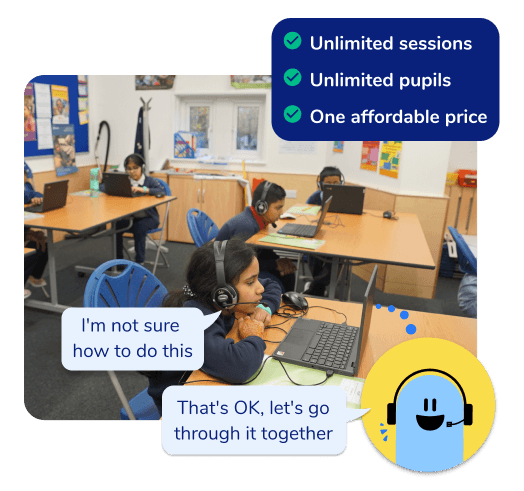
Unlimited maths tutoring for primary schools with Skye, our AI voice tutor
Built on the same principles, pedagogy and curriculum as our traditional tutoring but with more flexibility, reach and lower cost.
Join the schools already helping hundreds of primary pupils nationwide with Skye’s one to one maths tutoring.
Watch Skye in actionDo SATs results really matter?
SATs are used by secondary schools in generating target GCSE grades and often affect the initial groups in which children are placed in Year 7.
SATs results are important for schools. A school must meet the ‘floor standard’ of either attainment or progress. The floor standard for attainment is 65% of children meeting the ‘expected standard’ in all three subjects: reading, maths and writing (note that the spelling, punctuation and grammar scores are not included but instead, writing, which is internally assessed by the Year 6 teacher).
If the attainment standard is not met, the school must meet the progress standard (see ‘How are the SATs results used by primary schools?’ below to see how progress measures are calculated).
In recent years school have been defined as ‘coasting’ if the floor standards are not met for three consecutive years, which then triggers challenge from the local authority and potentially Ofsted.
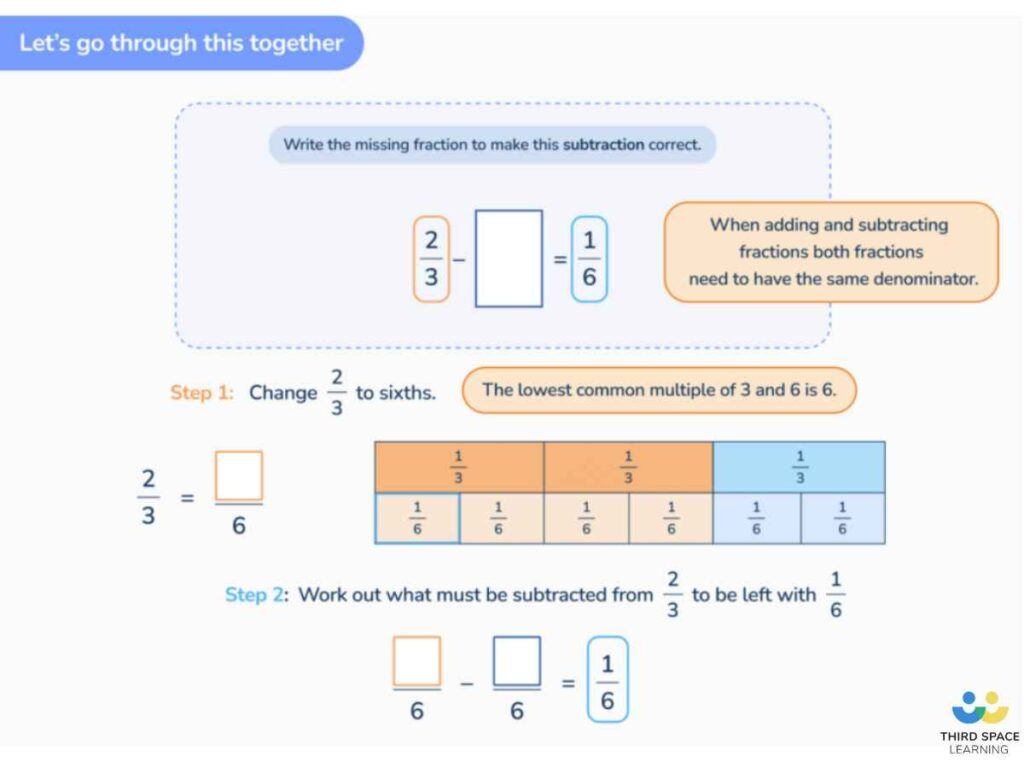
See also: SATs results 2022
What can SATs results say about a school?
Where most parents are concerned, this is one of the key reasons why KS2 SATs are important.
Apart from the Ofsted report, the SATs results are often the most obvious starting point for parents when looking for schools. They tell you how that particular cohort of children (who will, by the time the results are public, be leaving the school) performed in the six maths, reading, writing and GPS tests.
Be aware that high SATs results do not necessarily mean the school is good; equally, poor results do not necessarily mean the school is bad. A school’s progress measures are calculated later in the year – these will give you a better idea of how much progress the children make between KS1 and KS2, as opposed to simply test performance.
How are SATs results used by primary schools, and why are SATs important to them?
SATs results are cohort-specific, meaning that two consecutive year groups can score very differently in their SATs due to the variation in the groups of children and their abilities.
The results can be used to inform the School Development Plan, where senior leaders identify areas of strength and weakness across the school in order to improve.
Perhaps most importantly, the results generate the progress measures between Year 2 and Year 6 (or, from 2023, from Reception to Year 6), which is essentially measuring how much children have learnt in English and maths.
- A progress score of zero means pupils in the school, on average, do about as well at KS2 as those with similar KS1 results nationally.
- A positive score means pupils in this school, on average, do better at KS2 than those with similar KS1 results nationally.
- A negative score means pupils in this school, on average, do worse at KS2 than those with similar KS1 results nationally. (A negative score does not necessarily mean a school is below the floor standard).
How are SATs results used by secondary schools, and why are SATs important to them?
Do secondary schools use SATs results?
The short answer is yes, but the longer answer is that they may not use them in the way you think.
Some schools use SATs results to ‘set’, or ‘stream’, the children in Year 7. A poll on Twitter in February 2019 (based on 1,057 respondents) showed that 46% of secondary schools do use SATs results to place the children into sets, whilst 54% don’t.

The sets into which children are placed can be based on the secondary school’s own assessments, or a combination of both. It is best to contact your child’s secondary school to ask how the SATs results are used in their school.
Most importantly for secondary schools, the English and maths SATs results are used to generate targets for each child in every GCSE subject – sometimes referred to as a child’s ‘flight path’. In secondary schools, this is known as ‘Progress 8’.
Progress 8 was introduced in 2016 as a method of determining a secondary school’s effectiveness, in a similar way to how SATs results are used for primary schools (which was discussed in an earlier section of the blog).
It aims to capture the progress that pupils in a school make from the end of primary school to the end of KS4 (Year 11), just as progress in primary schools is measured from the end of KS1 to the end of KS2.
Often, teachers’ Performance Related Pay is based on these targets generated from the KS2 SATs results.
How are SATs results used by Ofsted, and why are SATs important to them?
Before an inspection, Ofsted looks at both a school’s attainment and progress scores to identify patterns and anomalies across the data. They will look at the data for specific groups of children, such as children with Special Educational Needs and Pupil Premium children, to ensure equal progress is being made.
The data will provide the inspectors with Key Lines of Enquiry – essentially, questions to ask the Senior Leadership Team about how they have ensured success in some areas, or what they are doing to improve areas of weakness.
How important are SATs in Year 6
So, if you’re a Year 6 pupil or a parent of a Year 6 pupil, there’s no denying that SATs are important. You need to take them seriously and do your best, out of respect for the learning you’ve put in over the past 7 years of primary school, not to mention the effort from your teachers!
That said, SATs only measure your Maths and English scores; they don’t measure how kind you are, how great at art you, what a fantastic footballer or best friend you are.
Doing less well than you’d hoped in SATs will NOT have any lifelong consequences for you.
Read more
What should I do if my child doesn’t achieve what they were expected to?
If your child’s teacher is genuinely concerned about your child’s results, they will meet with you to discuss next steps. However, as mentioned, most secondary schools will start with a ‘blank slate’ – it is most likely that how the children have performed in Year 6 will not affect how they are taught in Year 7.
If you are concerned, speak to the class teacher or even contact your child’s secondary school to discuss how the results will be used.
Why are SATs important?
To summarise, SATs are important for measuring the effectiveness of a school in its totality – creating milestones for how far they have brought the children in their care in their learning.
SATs are also important as they play a large part in deciding the sets they are put into as they make the transition from primary to secondary school at the start of Year 7, and in predicting children’s future grades as they begin the long road to their GCSE exams in Year 11.
All the same, it is important to remember that focusing too heavily on the end of KS2 Assessments will only increase stress for your child and prove unhelpful in them doing their best during SATs week.
SATs are important for a number of reasons, but the mental wellbeing of children should always come first. If your child is going through the SATs this year, spend some time talking things through with them, understanding any worries they may have and helping to alleviate them as quickly as possible.
You’ll be surprised at how much simply talking can help, and it is important to make the SATs as stress free as possible for everyone involved!
Further reading
- Secondary schools accountability measures and guidelines
- Guidance On How Progress 8 and Attainment 8 measures are calculated
- The official page on the government website for SATs
How you can get extra help for your child with SATs
Here at Third Space Learning we know that preparing for the SATs can be a daunting prospect for both you and your child, but the good news is, it doesn’t have to be…
We can provide SATs tutoring to those children who need an extra push to to achieve what they’re capable of in their SATs tests.
DO YOU HAVE STUDENTS WHO NEED MORE SUPPORT IN MATHS?
Every week Third Space Learning’s specialist primary maths tutors support thousands of students across hundreds of schools with weekly online 1 to 1 maths lessons designed to plug gaps and boost progress.
Since 2013 these personalised one to one lessons have helped over 169,000 primary and secondary students become more confident, able mathematicians.
Learn how tutors encourage mathematical language or request a personalised quote for your school to speak to us about your school’s needs and how we can help.
Meet Skye, our AI voice tutor. Built on over a decade of tutoring expertise, Skye uses the same proven pedagogy and curriculum as our traditional tutoring to close learning gaps and accelerate progress. Watch a clip of Skye’s AI maths tutoring in action.
